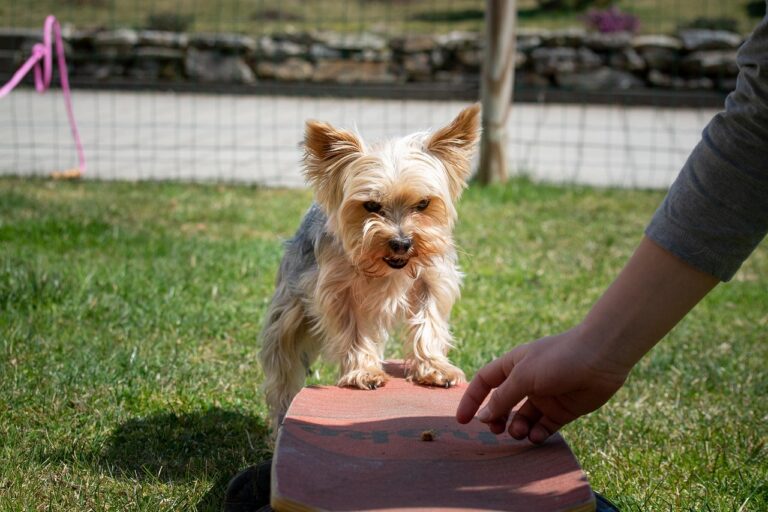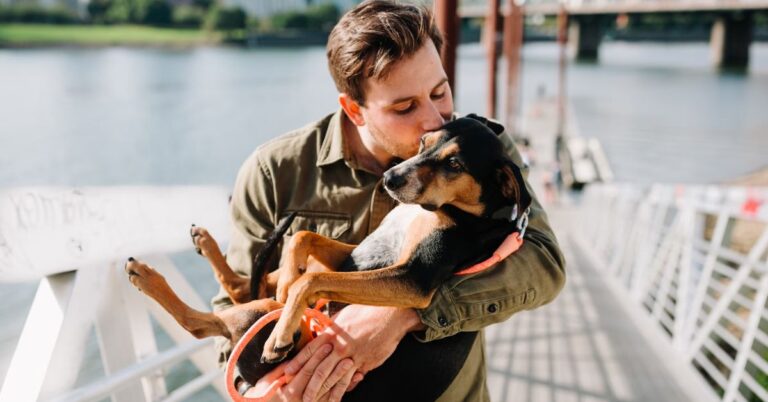Is Your Dog Giving You The Cold Paw? 10 Telltale Clues And How To Fix It
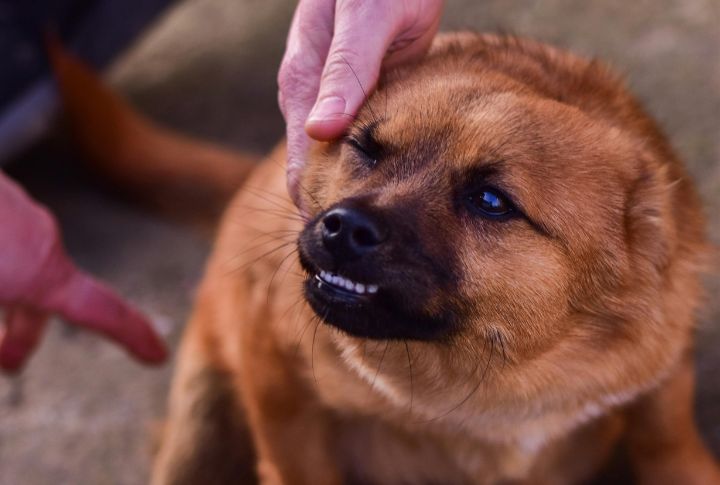
Dogs may not roll their eyes or sigh dramatically, but they have their ways of expressing irritation. Subtle shifts in body language—like turning away or sighing—can speak volumes. Recognizing these cues can help you avoid testing your pup’s patience. Here are some signs to watch for.
Avoiding Eye Contact
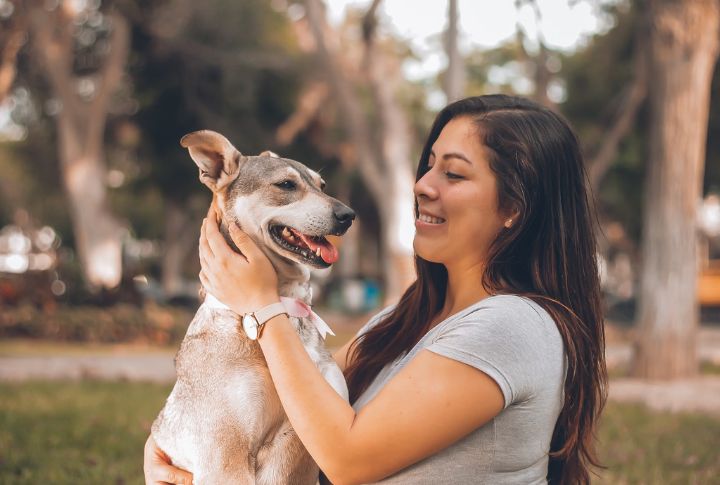
A dog that refuses to meet your gaze isn’t just being aloof. Avoiding eye contact can signal discomfort, stress, or irritation. If your pup turns its head when you speak or interact, it might send a clear message: “Not now, thanks.” Give them space and let them re-engage on their terms.
Yawning When Not Tired

Yawns aren’t just for sleepy dogs. When your pup yawns excessively in certain situations—like when you scold them or insist on too many selfies—it’s likely a stress response. This calming signal is their way of diffusing tension. Take a step back, ease the intensity, and let them relax.
Ears Pinned Back

Pinned-back ears can mean, “I’m not comfortable with this.” When combined with signals like lip-licking or stiff posture, this gesture often signals unease. If your dog’s ears are pulled tightly against its head, it might be experiencing anxiety or irritation. Respect their signals before irritation turns into something more serious.
Sudden Scratching Or Licking
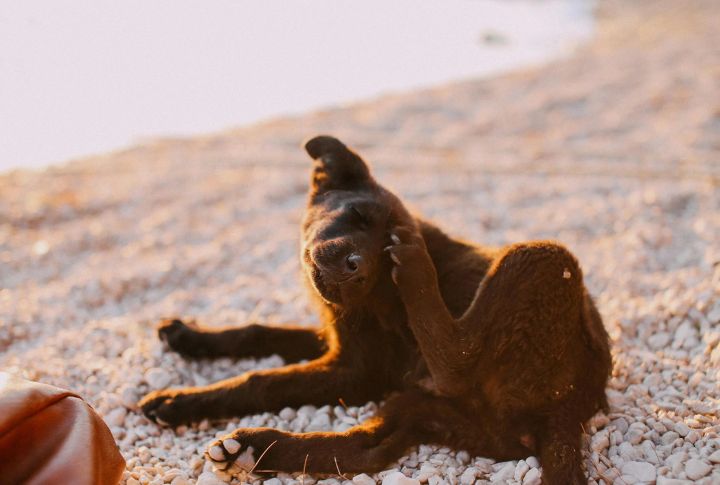
Ever notice your dog suddenly start scratching or licking mid-interaction? Sometimes, it’s just an itch, but it’s a stress response in other cases. Dogs may scratch or groom themselves as a displacement behavior to deal with frustration or mild anxiety. When it happens regularly, it might be time to rethink your approach.
Lip Licking Without Food Present

Licking lips can signal nervousness. If your dog repeatedly licks its lips when there’s no meal in sight, it could feel uneasy. This subtle sign is easy to miss, but catching it early can help you adjust your behavior before frustration builds.
Turning Away Or Hiding

Turning away, walking off, or hiding under furniture can all signal that a dog is fed up. It’s their version of saying, “I need a break.” Instead of forcing interaction, let them retreat and decompress. It’s not by accident when a dog chooses to face the wall instead of you.
Ignoring Commands
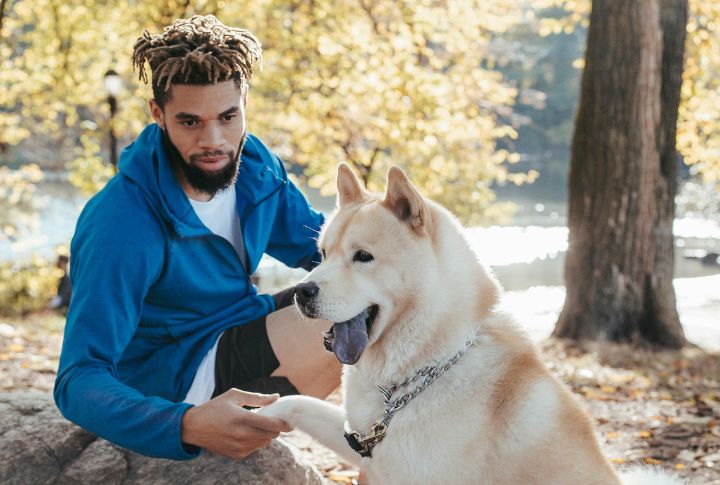
Dogs that suddenly stop responding to known commands may be expressing frustration or disinterest. If they once obeyed but now act indifferently, it could be their way of pushing back on too much pressure or repetitive requests. Giving them a break can help restore their enthusiasm.
Whining Or Low Growls

Vocalizations don’t always mean excitement. A persistent whine or a low, barely-there growl can indicate irritation. Pay attention to the situation if your dog is vocalizing differently than usual. It could be their way of saying, “Enough already!” Pushing further might escalate their discomfort.
Moving Their Sleeping Spot

When your dog starts picking new places to sleep, it may indicate something beyond a comfort preference. Avoiding usual resting spots, especially near their owner, can be a passive way of showing detachment. This might be their way of expressing a need for space.
Tense Body Posture
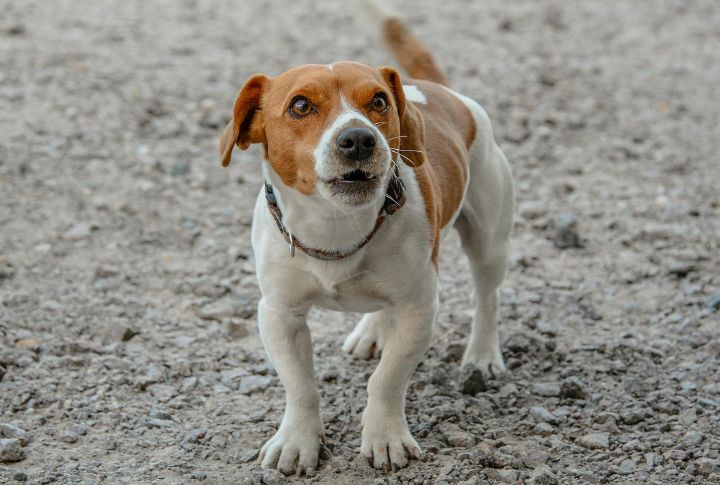
Have you ever noticed your dog standing completely still, muscles tight and tail straight? This posture is a clear signal of discomfort. A stiff, rigid stance tells you something’s off. Unlike a relaxed dog with loose, wiggly movements, an irritated or stressed pup holds tension in its body, ready to express its frustration.
